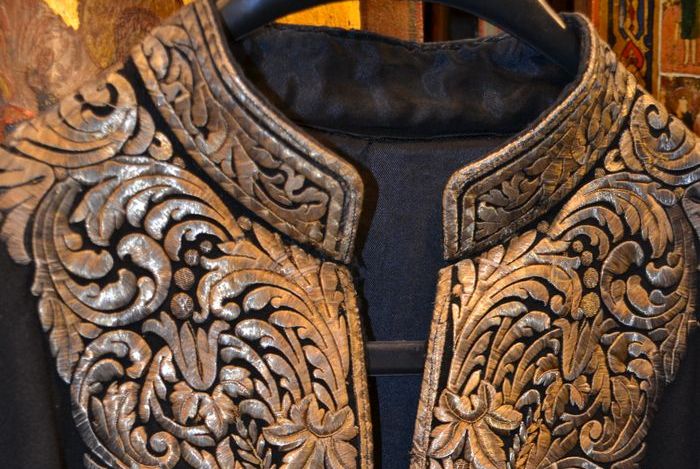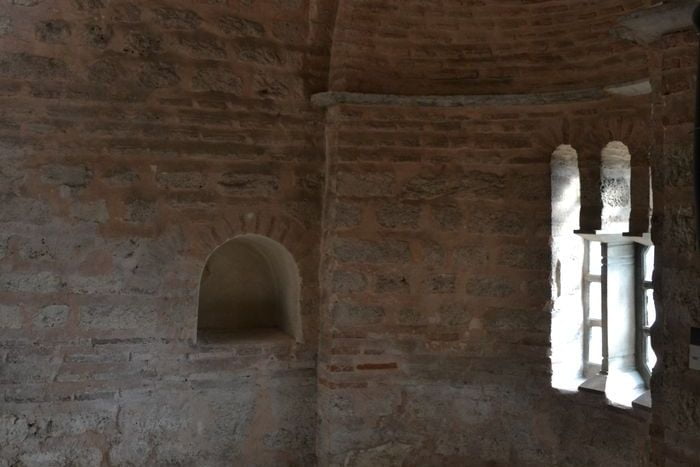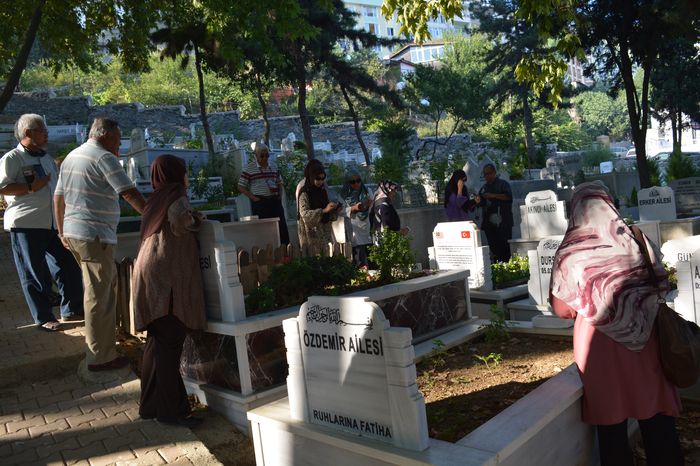Real Judaism in the Hellenistic world after Alexander and under the Roman emperors moved away from some of its original particularism, as its identity and some of its practices followed many real Judaeans who lived far from their homeland. When the general Titus destroyed the Jerusalem temple in 70 CE, much of what it meant to be Jewish was uprooted and ravaged, and still the community lived on and even thrived. Judaism in the later Roman world underwent the most wrenching change in its history, adjusting to the absence of the temple, while retaining its particularity and disinclination to pursue new converts. We will return to the Jewish story on a later page.
Christianity, born and bred in the Jewish matrix, made the rest of the world what it called pagan by detaching the Jewish assertion of uniqueness from place of origin, and opening membership to all humankind. “Go and teach all nations,” Jesus was said to have taught,24 and Christians most often took this teaching quite seriously, even if it didn’t move most of them to relocate and teach in strange lands. They followed in this regard not only Jesus but Paul, for it was Paul’s reading of Christianity—as something far more ambitious than the revival or fulfillment of traditional Judaism—that prevailed in the end.
Christians to make themselves satisfyingly unpopular
Forcing a message of uniqueness and exclusivity allowed Christians to make themselves satisfyingly unpopular. Persecution became their badge of success. Popular imagination probably still thinks of a long period of time in which hard-nosed Roman governors regularly pulled brave, dewy-eyed, idealistic Christians off the streets, tortured them, and then fed them to the lions. The facts are less glamorous, but the influential church historian Eusebius, a fourth-century contemporary and supporter of Constantine, imbued this idea with long life in his account of ten waves of persecution that mirrored Egypt’s ten plagues in the time of Moses. What really happened was episodic, local, and highly inconsistent. The young Christian wife and mother Perpetua suffered such a fate at Carthage around 200, leaving behind a document that would be influential far beyond its time and place (and would have been perfect for Hollywood): The Acts of Perpetua and Felicity, some parts of which she may have written herself customized tours bulgaria.
Occasionally in the third century such things did happen, but most Christians lived and died like their fellow Romans, undisturbed by government, quarreling now and then with some of their neighbors. In the 250 s, the emperor Decius ordered the suppression of Christianity, and in the early 300s, the emperor Galerius launched the most systematic attempt ever to deter and uproot Christian practice. In such times, suspect Chrstians were required to perform some minimal public religious act and get a certificate to prove they had done so. There is no sign that such fits of suppression and persecution had any lasting effect.
Christians resisted persecution well—both the ordinary spasmodic kind and the infrequent broader campaign—because their communities were many-headed, did not have substantial real property, and lived so fully intermingled with Roman society that they could not simply be carved out and attacked. A century after Galerius, when Christian emperors set out to—we might as well use the word—persecute “pagan” communities and practices, they were far more devastatingly effective. They halted the supply of state funds for traditional practices, crippling much of what had been long familiar. Then they seized buildings and banned ritual in them, sweeping the landscape nearly clean of the old ways. What survived—and much did—was personal, small-scale, or highly localized. Over a relatively short time, the new bludgeoned the old into submission and eventually supplanted it.25 That’s what real persecution could do, un-afraid to use violence but not needing to use very much of it. But Christianity never faced anything like what it would later visit on the traditional cults Christian communities of the first three centuries.
Galerian persecution
That last Galerian persecution backfired completely. The young general Constantine (son of Constantius, who had ruled Britain for Diocletian and himself briefly succeeded to an unsteady throne) saw a chance to grasp for power. Diocletian had created a college of imperial leaders and put in motion a complicated system of succession and promotion that collapsed as soon as it was implemented in 305. In a welter of emperors and would-be emperors, Constantine emerged from the pack, establishing himself first in the west, and eventually in all of the empire.
He was the victor of a critical battle in 312 for control of the Milvian bridge, just upriver on the Tiber where it protected the approaches to the city of Rome. Constantine told a story afterward of a vision he had before the battle and how he and his men had fought under Christ’s protection. For the rest of his life—he lived and reigned until 337—he was consistently the best Christian emperor he could be. This is not to say that he was a particularly devout man or even well informed about the distinctive features of his new religious enthusiasm. In many ways, he was perfectly pre-Christian, expecting his new god to support him on the battlefield and in return doing that god favors. If he also showed a brave neglect of other gods, he did so without quite subscribing to the high Christian view that all the others were frauds and worse.







